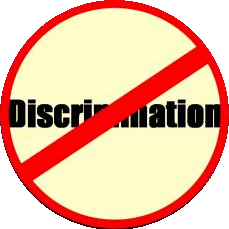
BC’s 14 protected grounds of discrimination
Occasional Contributors
The Federal government, along with every province and territory in Canada, has human rights legislation prohibiting discrimination on grounds such as race, gender and disability in a number of public environments: tenancy, service, and employment, to name a few.
In the employment context, employers are prohibited from discriminating against employees at any time in the employment process. This includes discrimination in advertising for positions, hiring, working conditions and through to termination and retirement.
But what is discrimination? Discrimination is generally considered “differential treatment”, meaning that one person is subjected to negative treatment that others are not. However, to be illegal, the discrimination must arise from a ground protected by law. In British Columbia, the Human Rights Code prohibits discrimination in employment on 14 different grounds:
- race;
- colour;
- ancestry;
- place of origin;
- political belief;
- religion;
- marital status;
- family status;
- physical or mental disability;
- sex;
- sexual orientation;
- age;
- criminal conviction unrelated to the employment; and
- gender identity or expression.
Gender identity is this most recent addition to the list, and was included as a protected ground in 2016.
So if an employer is advertising that applicant’s must have a science degree and played baseball as a child, this would not normally constitute discrimination under human rights law, despite the fact that the employer is differentiating between candidates. Unfortunately for arts students and soccer players, education and childhood activities are not protected grounds of discrimination in the workplace.
Rather, historical cases of workplace discrimination include gender based differences in wages, passing over opportunities for promotion due to race or dismissing someone due to political affiliations. In these types of examples, the differential treatment is clearly based on protected grounds.
Today, human rights law is continuing to evolve and is becoming increasingly complex. Much of this evolution has been due to an expanding scope of human rights in areas such as sexual orientation, age (such as mandatory retirement) and more recently family status. It has also been evolving dramatically with the duty to accommodate, which I discuss in a separate post here.
By David M. Brown, Kent Employment Law
Table of Contents
Compliance Made Easy®

